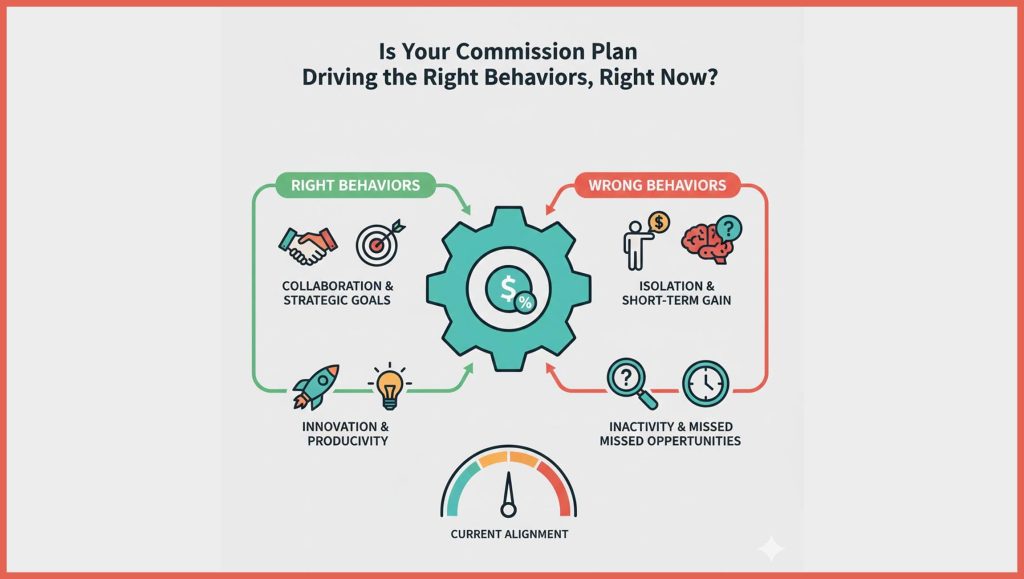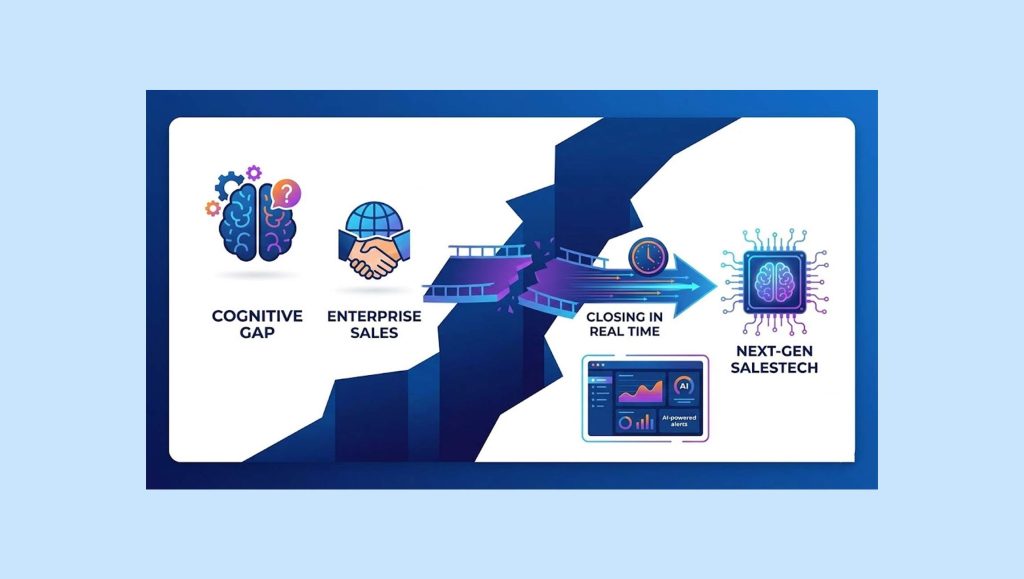-
Italian consumers embrace new security measures, but still have high expectations when it comes to online shopping experience
-
50% of Italian consumers have been unable to complete an online transaction due to new Strong Customer Authentication (SCA) regulations
-
76% said they would stop shopping with a retailer if they encountered a bad online experience and would turn to a rival instead
-
56% of consumers in Italy have already abandoned merchants due to a negative online experience
After more than a year and a half of living with regulations designed to protect ecommerce shoppers, consumers in Italy say they embrace measures to secure their transactions, but that they won’t tolerate the generally poorer shopping experience they are receiving in the process, according to a new survey conducted by Signifyd, the market leader in ecommerce fraud protection.
The survey uncovered customer confusion and frustration with Strong Customer Authentication (SCA) which came into enforcement in much of Europe in January 2021. In fact, half of Italian respondents said they had been unable to complete a transaction because of the new rules and 76% said they would abandon a retailer and turn to a rival if they had a bad online experience.
The survey results — along with two companion polls in France and the UK — point to a rocky start for SCA and reflect significant differences across Europe when it comes to having prepared for the regulation. Enforcement of SCA began in the UK in March.
Signifyd commissioned market researcher OnePoll to survey 2,000 consumers each in Italy, France and the UK to gauge consumer reaction to the new authentication requirements.
Read More: Return Of The Highstreet? 40% Of Ecommerce Businesses In Europe Plan To Open A Physical Store
Despite consumers’ frustration, 78% of Italian respondents agreed — either “strongly” or “somewhat” — that it was worth completing the new extra steps required at checkout to ensure that their transactions were protected. The story was similar in France and the UK, where 79% and 73% respectively favored the new protections, but also said they would abandon retailers providing a poor experience. In France, 79% of respondents said they’d move on to another retailer if they encountered a bad experience. While in the UK, the number was 68%.
Consumers in all three countries also made it clear they remember bad experiences when it’s time to shop again. When asked whether they had ever decided against shopping with a particular retailer because of a frustrating experience, 56% of Italian shoppers, 46% of French shoppers and 33% of UK shoppers said they had.
“It’s clear that consumers across Europe want their accounts to be protected from fraud when shopping online,” said Ed Whitehead, Signifyd managing director, EMEA. “It is even more clear that they won’t put up with frustrating checkout experiences. That sends a clear message to merchants and the banks that serve them: They need to adopt solutions and technology that keep transactions safe while avoiding any unnecessary added friction in the shopping journey.”
Under the new SCA guidelines, online shoppers must authenticate themselves in two of three ways — using biometrics, or something unique to the buyer that only they would know, such as a PIN or password or with the specific device used to make the purchase.
The challenge is how to implement the new anti-fraud routine with minimal friction. Any friction that slows down checkout time also risks generating higher abandonment rates, which hurts retailers’ bottom lines.
Read More: SalesTechStar Interview with Miles Kirkpatrick, Chief Revenue Officer at Productiv
Up until now most of the conversation around SCA has been centered on its detrimental effect on ecommerce sales caused by cart abandonment. The data has shown lower conversion rates across countries subject to the new rules, though conversions — and the amount of friction online consumers face — vary significantly by country.
At the heart of the difference is 3D Secure, the authentication technology that is the backbone of the authorization process. A significant number of banks serving merchants still rely on the original and outdated version of 3D Secure, which lacks the flexibility to take advantage of exemptions provided in the SCA regulation.
For instance, in Italy nearly a quarter of orders subject to SCA are declined in part due to outdated technology, according to Signifyd transaction data. Furthermore, 42% of approved orders encounter significant friction caused by banks relying on the original 3D Secure version.
In the UK, 15% of SCA orders are declined and only 16% of approved orders are processed by the old technology. While in France only 12% of orders subject to SCA are declined and only 2.5% of orders are being subject to outdated 3D Secure technology.
Despite the disparity in the adoption of newer versions of 3D Secure by country, the experience reported by shoppers is universally discouraging for brands and merchants in the region. Fully half, 50%, of Italian consumers said they’d become frustrated enough to give up on a purchase. In France, 45 percent of consumers said the new rules had prevented them from buying something online. In the UK, 35% of respondents said they’d abandoned their online shopping carts out of frustration.
And if there were any questions about whether retailers lose customers to bad experiences, 58% of Italian consumers said they would not shop with a merchant again after one or two bad experiences. The number was identical in France, while in the UK 37% of respondents said one or two bad experiences would be enough to put them off for good.






















